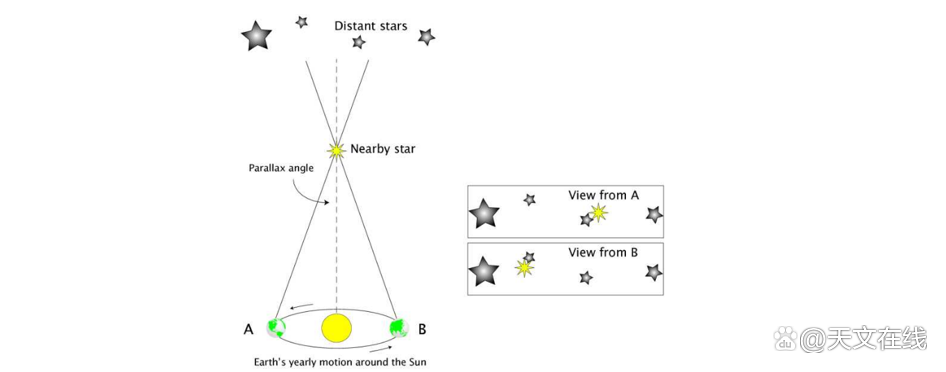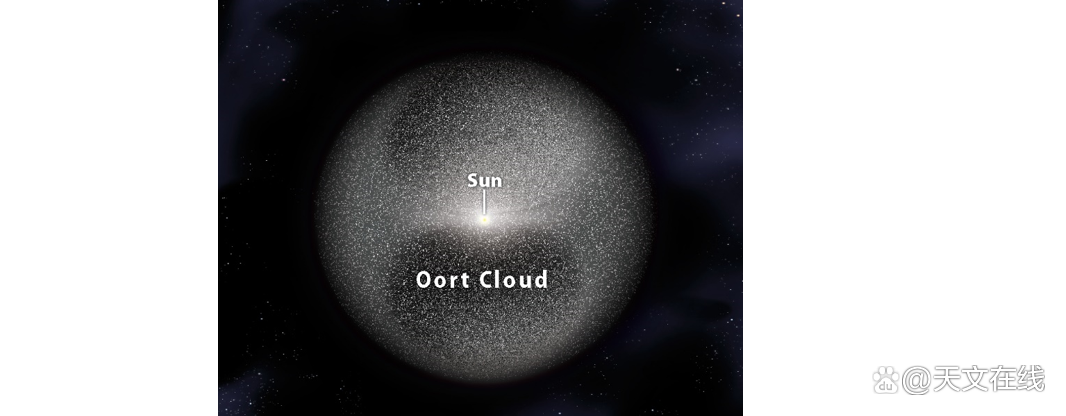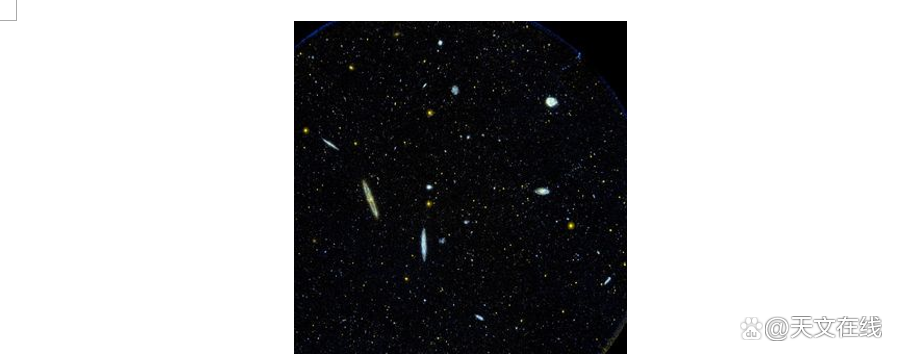How big is the universe?What can we see?What is the universe?
Author:Astronomy online Time:2022.08.05
Hao Miao's universe, can it be explored?
For a long time, the size of the universe has been a mystery for astronomers. For example, in the early history, people want to know how far from the moon, the sun and other stars. Over time, astronomers have discovered that the universe is always greater than we think. The ancients believed that the stars were fixed on a universal sky, and today's astronomers know that the universe is so big that its boundary is unknown.

Astronomer, painter Granger is painted on 1530 (source: Fine Art American)
In the 3rd century BC, when Greek astronomer Samscax chose to expose a quarter of the horizon in the moon, trying to determine the distance between the moon and the sun and the sun at the angle between the views between the moon and the sun. ratio. Based on inaccurate data, his method shows that the day distance is about 20 times the ground and moon distance. Although we now know that the sun is actually about 400 times farther than the moon, his conclusion was revolutionary at the time, because it showed that the sun was much larger and far as much as before.

Greece published in 1980 to commemorate Aristax stamps; this astronomer has a book "The Moon Small and Follow"
(Source: Pixers)
Decades later, another Greek astronomer, HipParque De Nicée, has achieved real breakthroughs in this regard. The error of the moon -moon distance he estimated is less than 10%. He measured the time of the moon through the shadow of the earth during the monthly food, supplemented by clever geometric calculations, and obtained this result. In addition, he also relied on the results of Eratti's work, and the latter estimated that the diameter of the earth was 42,000 kilometers (the actual diameter was 40,000 kilometers).
The first reliable calculation method was formulated by Greek astronomer Crodis Ptolemy in 140 AD. He used a simple geometric method to show how to use the vision method to calculate the distance between us and the stars.

Triangle vision diagram (picture source: wikipedia)
However, it was not until nearly two thousand years later, as astronomical observation instruments gradually developed and improved, we could use the visual dialogue method to measure more accurate. The average distance (known as the "astronomical unit") between the earth and the sun is the first accurate for the first time by the French astronomer Jean-Dominik Cassini and another French colleague Jean Lisini and another French colleagues. Obtain it. More specifically, it is achieved by observing Mars from Paris and French Guyana.
The German astronomer Friedrich Bessel was the first person to measure the distance between the earth and the stars (except the sun). In 1838, he successfully estimated that the distance between the 61st star of the Swan seat and the earth was about 11 light years.

Swanza No. 61 Star (Chinese Traditional Name: Tianjin Gao Nine) in the general position of the starry sky (source: Jean-Baptiste Feldmann) is worth mentioning that they are also called Bessel Star-this is a group of groups Dual -star system

Portrait: A man stands on the side, holds a rolling file with his left hand, and his right finger at a earth and a building drawing
Today, astronomers have many ways to measure distance. For the celestial bodies in the Milky Way, most of the methods used to measure distance are derived from the dialogue method. As for the extracurricular body, astronomers use the Father's Star -changing method (named by the Father's Delta CEPHE), and this kind of star body always changes its brightness in the same way.

Painting: There are blue concentric circles on a very dark background, the center is beige
Another method of measuring galaxy distance involves IA supernova, which always releases similar energy when the supernova broke out. Therefore, they are compared to "standard bombs": the explosion of known strength and brightness. So, by measuring their visibility, we can determine the distance between them and the earth.
Thanks to these astronomical measurements, we now know that the size of the universe is unimaginable. For example, as a reference: light from the most distant galaxy takes more than 10 billion years to reach us. Of course, we cannot have a specific concept of these representatives, but we can always try to build concepts by imagining smaller things (such as our solar system).
The solar system is composed of all planets running around the sun and millions of small celestial bodies. Orte Cloud, a huge comet library centered on the sun, is a sign of the boundary of the periphery of the solar system; it is about 1.6 light years in diameter. Don't forget, a light year is about 10 trillion kilometers.

Orte Cloud and the Sun (picture source: Astronomy, Roen Kelly)
If we look at the smallest and most distant planets in the solar system as a needle with a diameter of 1 mm, then the sun will have two beach balls (30 cm diameter) as large, and 2.6 kilometers from the needle. If the sun is placed in Vancouver, then the outer border of Orte Cloud will be in St. John (about 7,000 kilometers) in Newfoundland!
Our solar system is located in the vortex galaxy galaxy. It is estimated that the galaxy contains about 200 billion stars, and they are gathered in a "disc". The diameter of the Milky Way is 100,000 light years; at this scale, the solar system also seems insignificant. If we see the solar system (about 1.6 light years in diameter) as a needle, then the Milky Way will have a hockey stadium (the standard hockey is about 5,000 square meters). A photo of a central light spot, surrounded by decentralized light spots and purple rings, forming a large concentric circle in the dark starry sky

The Galaxy is part of the galaxy group, known as the "This galaxy group", with a total of more than 35 galaxies. The fairy galaxy is the biggest of this. Even in the night without moon and light, you can see it with the naked eye. Other galaxies in the galaxy group, such as Da Mai Zhelun and wheat Zhelun, are generally smaller than the Milky Way.
The diameter of this galaxy group is about 10 million light years, where the center is between the fairy galaxy and the galaxy. If we regard the solar system as a needle and see our galaxy as a houtball court, then the diameter of the star group will be 6.25 kilometers.
Photo: yellow light spots, there are halo and other small light dots around, the background is very dark

Photo: There are several bright white dots on a very dark background, and some are surrounded by ring -shaped objects

This galaxy group itself is also part of a super galaxy group, that is, this super galaxy group (also known as the Virgin Super Galaxy group). This super galaxy group includes dozens of small galaxies like this galaxy group. The entire super -galaxy group is centered on the huge room actor group, the latter is 50 million light years from the Galaxy. In the center of the female galaxy group, there is a "eating" super galaxy -M87, which attracts and devour its neighboring galaxy.
The super -galaxy group gathered together to form a long silk shape, which stretches hundreds of millions of light years. They are separated by huge gaps with each other, with only very few galaxies in these gaps. And the size of these gaps is huge -100 million light years. The universe extends to at least 13 billion light years in this way. In addition, we cannot directly observe what there is.
By: Astro-CANADA

Fy: Xiao
If there is related content infringement, please contact the author to delete after the work is released
Reprinted, please obtain authorization, and pay attention to maintaining integrity and indicating the source
- END -
Professor Chen Dengqi, the winner of the "May 1st" Hubei Province "May 1st" Labor Medal.

On the morning of July 21, 2022, the winner of the May 1st Labor Medal of Hubei Pr...
Happy report!Watching Suzhou's "Syllabus" won the "Science Popularization of the Year" award!

[See Suzhou Specialty Picture/Editing Team]